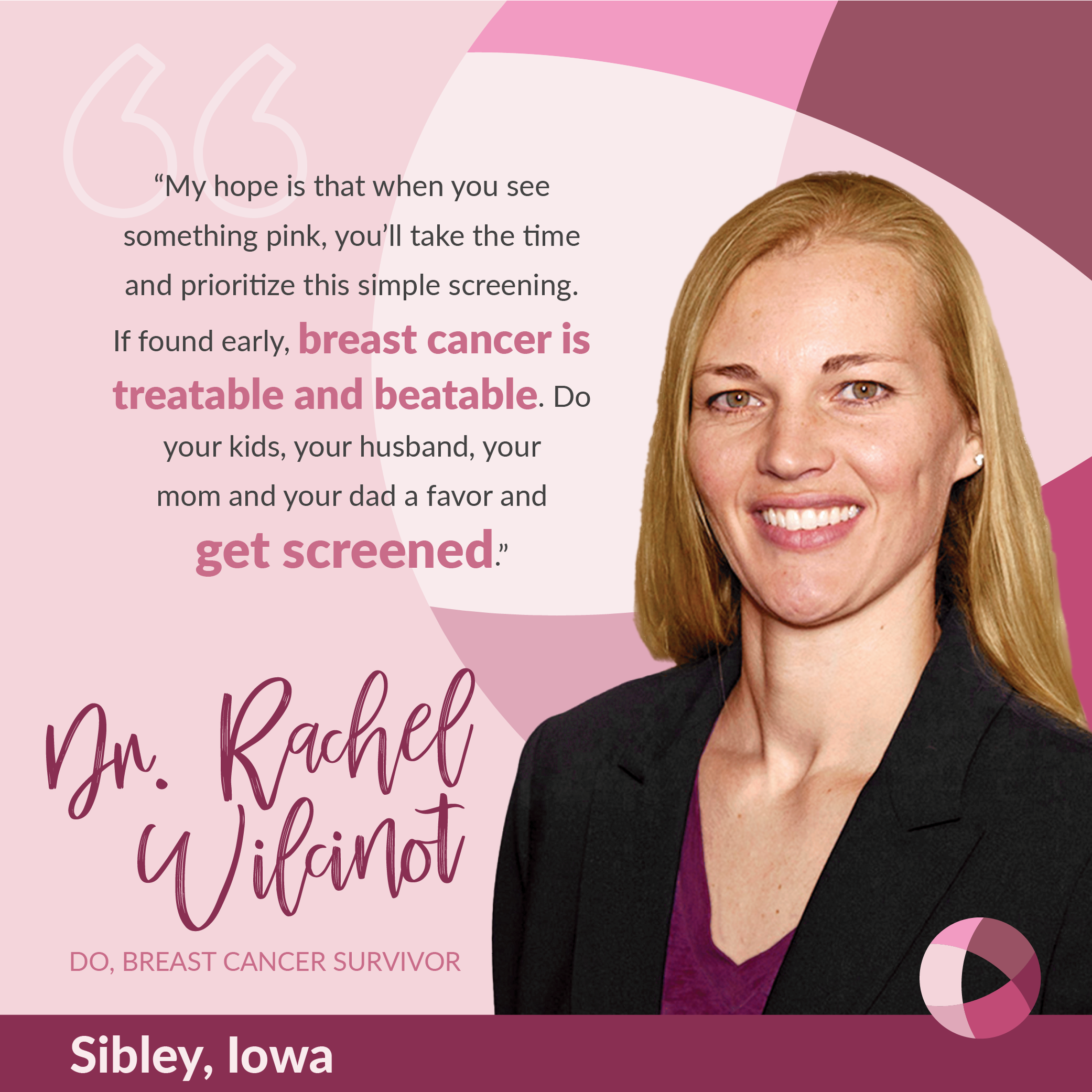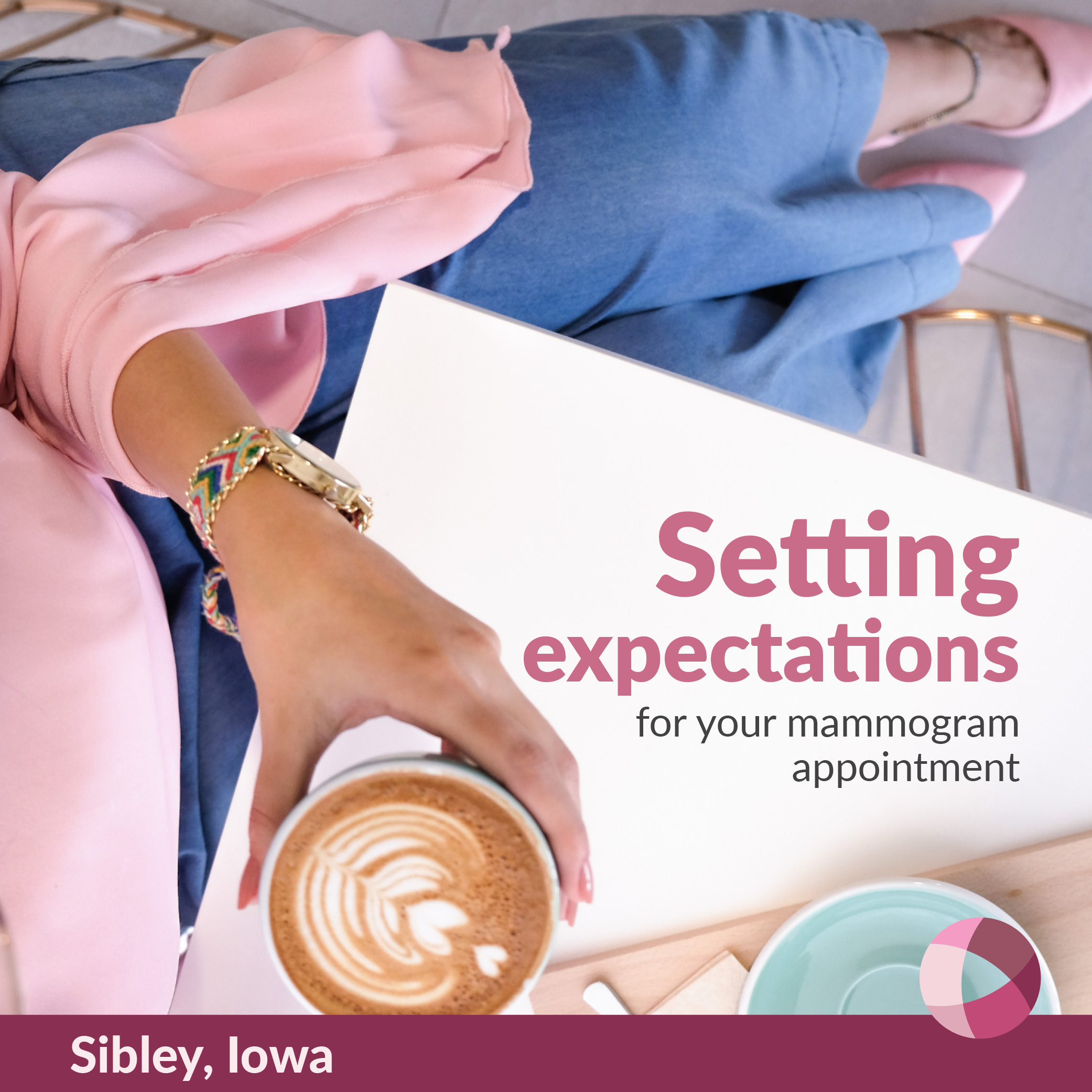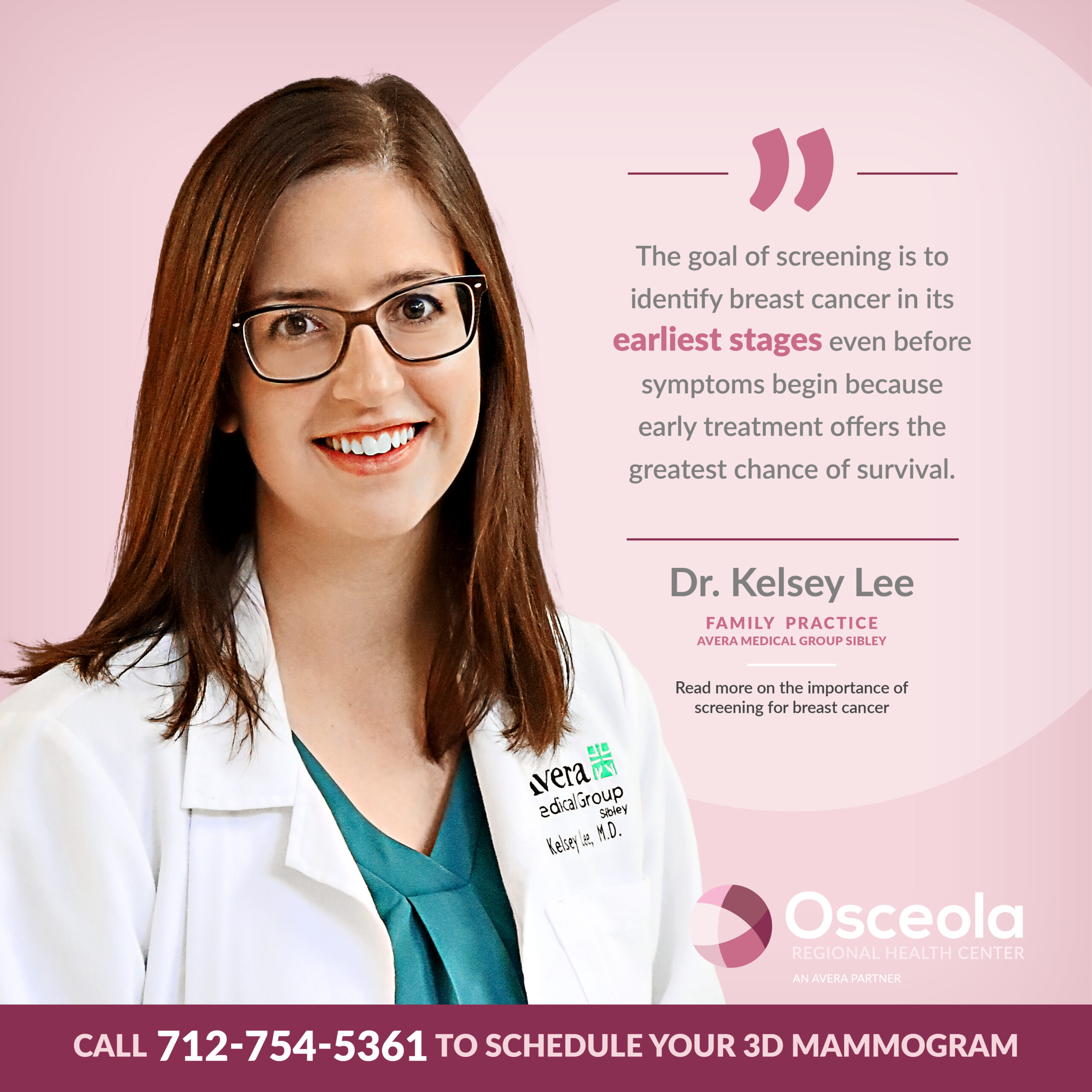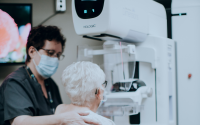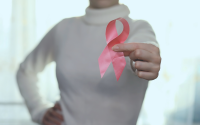
3D Mammography
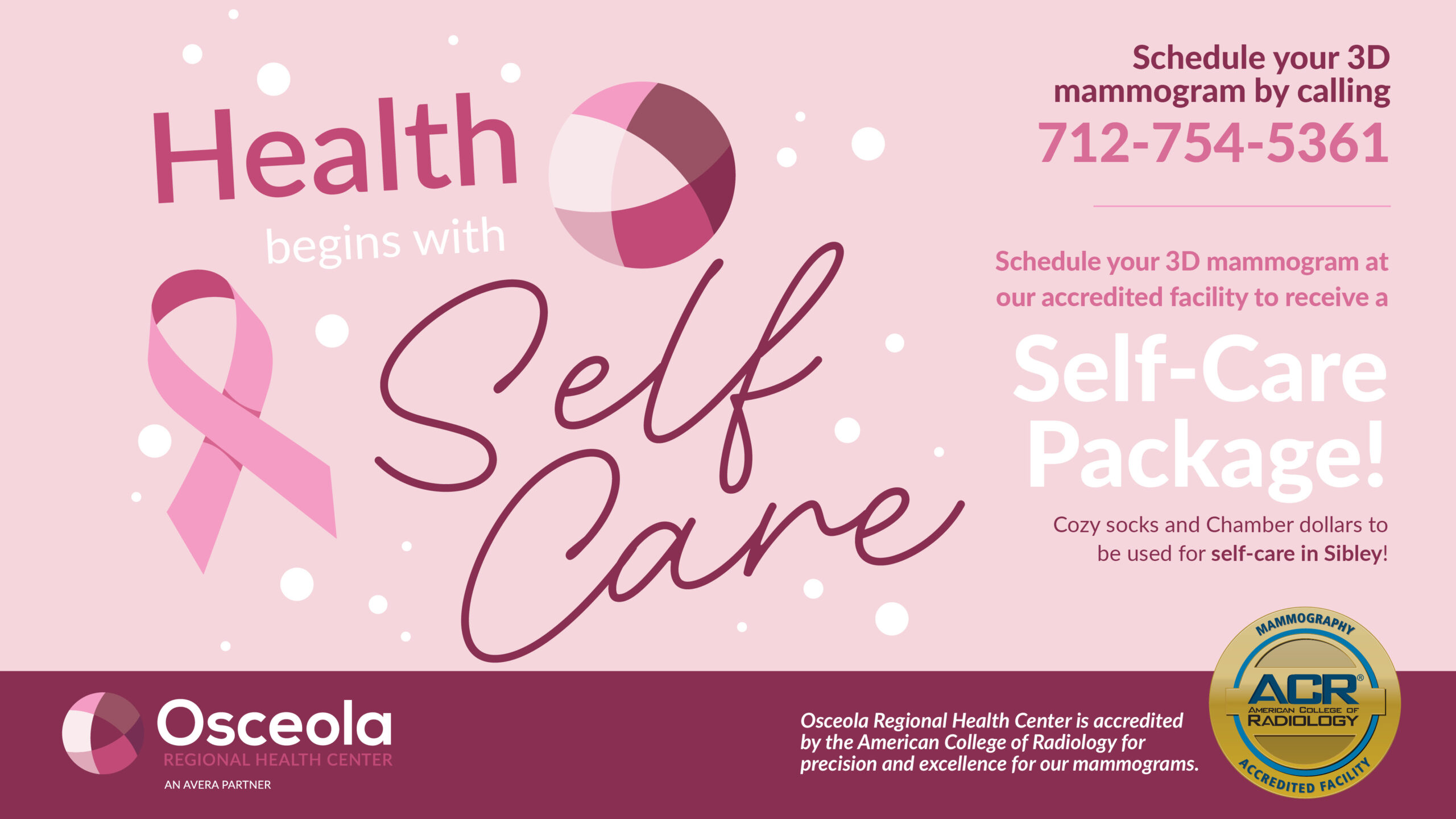
Mammograms are the most important tool your healthcare provider uses to screen for breast cancer. A 3D mammogram creates a three-dimensional picture of the breasts for a clearer look at all breast types and levels of breast density. 3D mammography is also more comfortable for patients, provides more thorough images, and the results are more reliable than a traditional mammogram. Even more advantageous, 3D mammograms detect cancers up to 65% faster than standard mammograms.
Call 712-754-5361 to schedule a 3D mammogram appointment at Osceola Regional Health Center, or to learn more about this important screening.
Take Charge of Your Breast Health
Breast Health Assessment:
According to the American Cancer Society, the following breast changes can be a sign of breast cancer.
If you have one or more of the following symptoms, schedule an appointment with your provider:
- Swelling of all or part of the breast
- Skin irritation or dimpling
- Breast pain
- Nipple pain or the nipple turning inward
- Redness, scaliness, or thickening of the nipple or breast skin
- Nipple discharge other than breast milk
- A lump in the underarm area
Routine Breast Self-Exams
Breastcancer.org recommends all women routinely perform breast self-exams as part of their overall breast cancer screening strategy.
Better Breast Health Blog
Your risk of developing breast cancer is impacted by a number of factors. Read our blogs to learn about tips and life-style changes that can reduce your breast cancer risk.
- Learn the Signs and Symptoms of Breast Cancer
- Overcoming Breast Cancer Mammogram Anxiety
- Best Soup for Breast Health
- The Importance of Breast Self-Checks
- Committing to Their Fight: Caring for Cancer Patients
Additional Educational Resources:
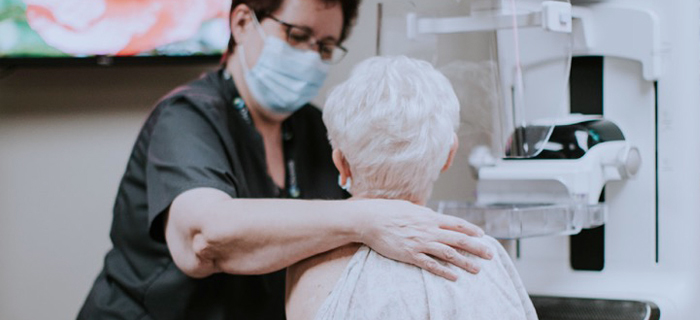
Health Fact
3D mammography finds 20-60% more invasive breast cancers than conventional mammograms alone.

